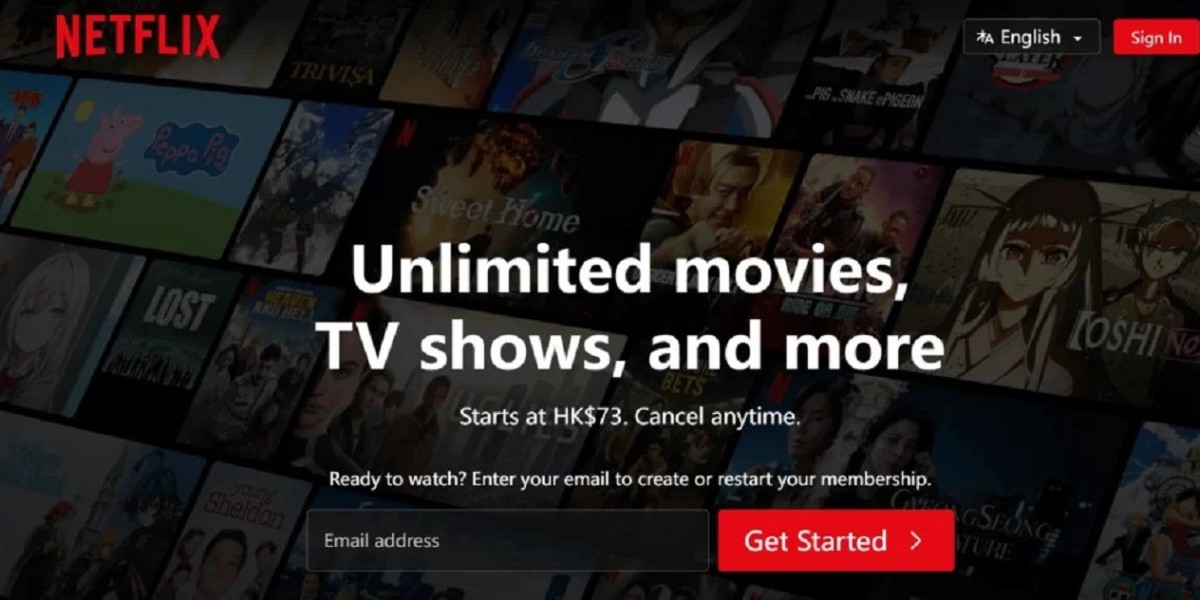Learning a new language can be both exciting and challenging. While traditional methods such as textbooks, apps, and classes have their merits, the rise of streaming platforms has opened up new ways to immerse oneself in a foreign language. One of the most accessible and entertaining methods is to learn languages with netflix. With its vast array of shows and movies in multiple languages, Netflix offers a unique and engaging way to enhance language skills. In this guide, we'll explore how you can maximize Netflix's potential for language learning, from using subtitles effectively to choosing the right content.

2. How Netflix Helps in Learning Languages
Netflix provides a goldmine of authentic content in dozens of languages. By watching shows and movies, learners gain exposure to natural dialogue, diverse accents, and cultural nuances.
Language Exposure through Authentic Content
Netflix offers a wide selection of international films, series, and documentaries, all of which provide language learners with authentic examples of spoken language. This kind of exposure helps learners understand how native speakers communicate in real-world contexts, including casual conversations, formal dialogues, and even slang or idiomatic expressions.
Developing Listening and Comprehension Skills
One of the most significant benefits of learning language with netflix is that it allows you to develop your listening skills over time. You'll gradually learn to pick up on different accents, speeds of speech, and contextual meanings. Watching without subtitles, or alternating between languages, can improve both your listening and comprehension abilities.
3. The Role of Subtitles in Language Learning
Subtitles are an indispensable tool when it comes to learning through Netflix. They allow you to connect what you hear with what is written, reinforcing vocabulary and grammar structures.
Using Subtitles to Your Advantage
By starting with subtitles in your native language, you can familiarize yourself with the storyline and key phrases. As you progress, switching to subtitles in the language you're learning will challenge your comprehension and allow you to pick up new words in context.
Combining Native Language Subtitles with Target Language
For advanced learners, an effective technique is to use a combination of subtitles in both languages. For instance, you can have the audio in your target language while the subtitles are in your native language, or vice versa. This helps you mentally link vocabulary across languages and reinforces your understanding.
4. Language Learning Extensions for Netflix
To enhance your learning with netflix experience, several third-party tools and extensions are available that cater specifically to language learners.
Chrome Extensions and Tools
Extensions like Language Learning with Netflix (LLN) allow you to have dual subtitles and pause to look up words. This kind of interactivity makes it easier to track unfamiliar vocabulary and phrases without having to stop the show altogether.
Language Learning with Netflix (LLN) Extension
The LLN extension is a popular tool that provides multiple features tailored for language learners. It highlights key phrases, offers translation, and allows you to slow down speech—making it ideal for improving listening and comprehension.
5. Best Practices for Learning with Netflix
How to Select Content for Maximum Learning
Choosing the right content is crucial. Shows with simple, everyday dialogue, such as sitcoms or dramas, are more beneficial for beginners. On the other hand, historical dramas or sci-fi shows, with more complex language, are ideal for advanced learners looking to challenge themselves.
Managing Learning Pace and Progress
It’s easy to get caught up in the entertainment and forget you’re learning. To stay on track, set clear language goals and pace yourself. Take notes on new vocabulary, and rewatch scenes to reinforce learning.
6. Active vs. Passive Learning with Netflix
Active Learning Strategies
Active learning involves intentionally pausing shows to write down new words, replaying scenes to focus on pronunciation, and speaking along with the characters. This kind of engagement helps reinforce what you're learning.
Incorporating Passive Learning into Daily Routine
For passive learning, you can simply watch content in your target language as part of your everyday routine. Whether you're cooking, cleaning, or relaxing, hearing the language in the background will help you absorb it subconsciously.
7. Choosing the Right Shows and Movies
Selecting Genres That Enhance Learning
When choosing what to watch, consider genres that align with your learning objectives. Dramas often feature natural, everyday conversations, while action movies might not be as dialogue-heavy. For beginners, animated shows or children's programming can be a good start due to their simpler vocabulary and slower pacing.
Targeting Specific Language Skills (e.g., Vocabulary, Grammar)
Different shows target different language skills. Sitcoms help with conversational phrases, while documentaries might improve your technical vocabulary. Use a variety of genres to broaden your exposure to different aspects of the language.
8. Improving Pronunciation and Speaking
Mimicking Characters and Speech Shadowing
One of the best ways to improve pronunciation is to mimic the characters you’re watching. Try to repeat phrases immediately after you hear them, paying close attention to pronunciation, intonation, and rhythm.
Practicing Pronunciation with Native Speakers
You can supplement your learning by practicing what you've learned with native speakers. Platforms like Tandem or HelloTalk can connect you with language partners to further practice speaking and pronunciation.
9. Learning Culture with Netflix
Cultural Insights and Nuances through Films
Films and TV shows also offer a window into the cultural aspects of the language you’re learning. Understanding cultural contexts can enhance your ability to use the language appropriately in various situations.
Avoiding Cultural Misunderstandings
It’s important to recognize that some phrases or behaviors might not directly translate from one culture to another. Watching how native speakers interact on Netflix can help you avoid potential cultural faux pas.
10. Tracking Progress and Staying Motivated
Setting Realistic Goals and Benchmarks
Tracking progress is essential to staying motivated. Set specific, realistic goals such as learning 10 new phrases per episode or understanding a scene without subtitles after a month of study.
Using Netflix Data to Track Language Exposure
Netflix tracks your watch history and can be a great tool to analyze how much content you've consumed in your target language. This data can help you measure exposure and assess your progress over time.
11. Common Challenges and How to Overcome Them
Dealing with Slang, Idioms, and Accents
One challenge learners often face is understanding slang or regional accents. Don't be discouraged if you don't catch everything. It helps to take notes on unfamiliar terms and research them later.
Avoiding Overwhelm with Too Much Content
With the overwhelming amount of content on Netflix, it can be hard to know where to start. Stick to a learning plan, and avoid jumping from show to show without mastering any of them.
12. Benefits of Binge-Watching for Language Learning
Binge-Watching and Repetition for Reinforcement
Contrary to popular belief, binge-watching can have educational benefits when done strategically. Repeated exposure to characters, dialogue, and vocabulary within a single show reinforces your learning and helps with retention.
13. How to Maintain Consistency
Scheduling Regular Learning Sessions with Netflix
Consistency is key to success in language learning. Setting aside dedicated time each day or week for language practice on Netflix will help you stay on track.
Turning Netflix into a Habit
By integrating Netflix into your daily routine—whether as active or passive learning—you’ll naturally develop a habit of language practice.
14. Learning Multiple Languages with Netflix
Strategies for Switching Between Languages
If you're learning more than one language, alternate between watching shows in each language. This will prevent confusion and allow you to keep both languages fresh in your mind.
Managing Multiple Language Subtitles
Use dual-language subtitles if available, and alternate between languages while watching shows. This can sharpen your skills in multiple languages simultaneously.
15. FAQs
What’s the Best Way to Use Subtitles for Learning?
Use subtitles in your target language for active learning and combine them with native-language subtitles when necessary for comprehension.
Can You Learn to Speak a Language Just by Watching Netflix?
Watching Netflix helps with listening and comprehension, but speaking practice with native speakers is essential to becoming fluent.
How Often Should You Watch to Learn Effectively?
Aim to watch a minimum of 3-5 hours per week in your target language to see consistent progress.
Is Netflix Suitable for Beginner, Intermediate, or Advanced Learners?
Netflix offers content for all levels, but beginners should start with simpler shows, while intermediate and advanced learners can challenge themselves with more complex material.
Which Shows or Movies Are Best for Beginners?
Animated series, children's programming, and sitcoms with simpler dialogue are best suited for beginners.
How Can I Track My Progress When Learning with Netflix?
Use tools like Language Learning with Netflix (LLN) or manually track your progress by noting new words and phrases you’ve learned in each episode.
Visit here https://www.jolii.ai/language-learning-with-netflix/ for more information.



